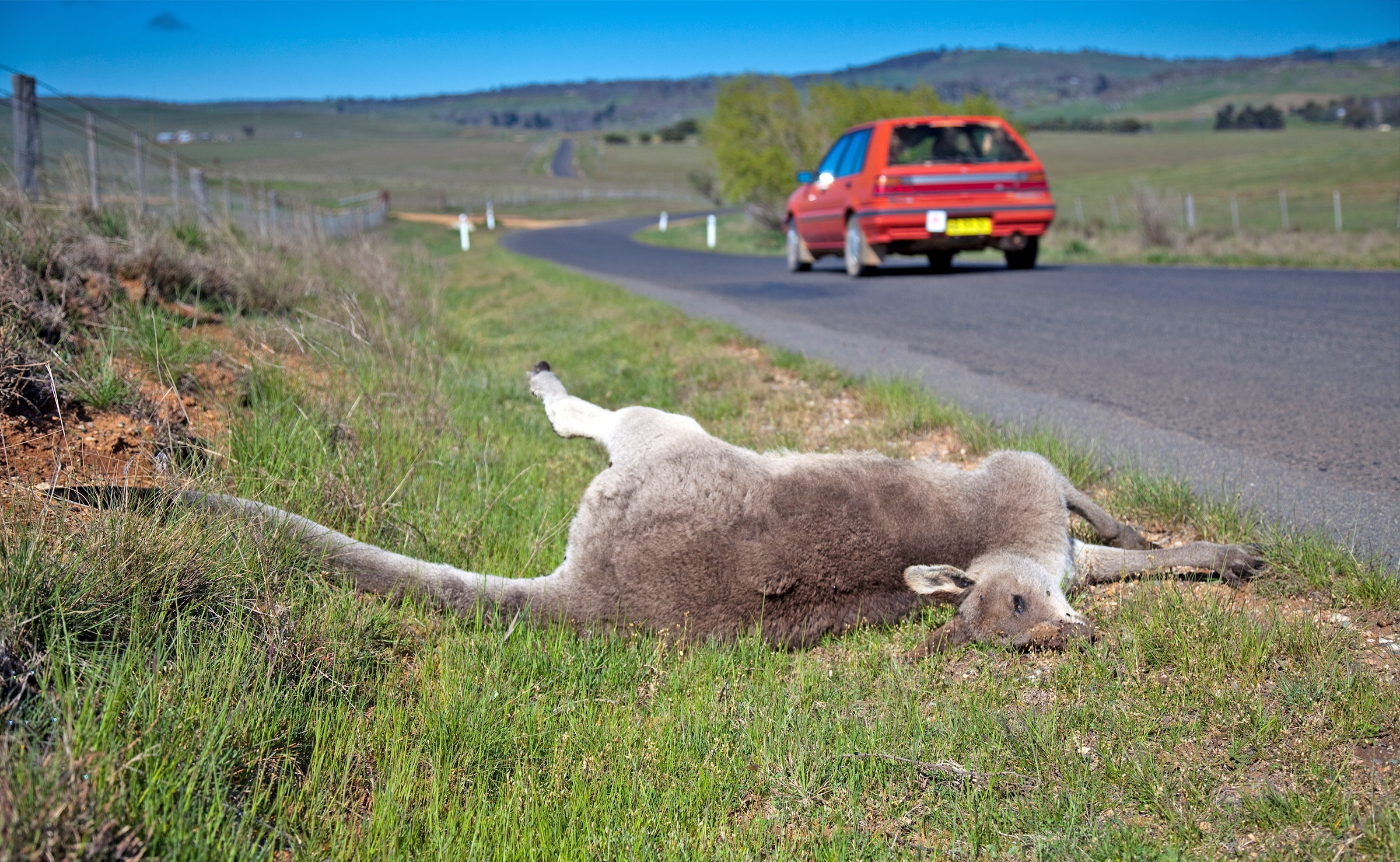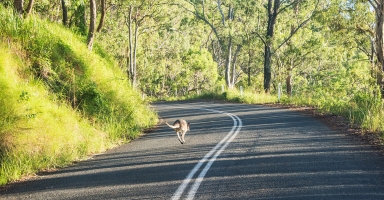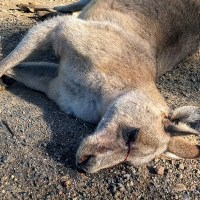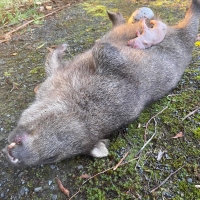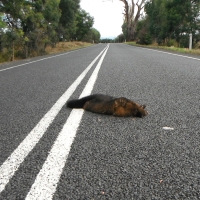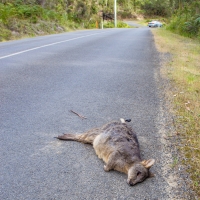When driving in Tasmania it is impossible not to see the impact of humans on wildlife. Just go for a drive on any country or outer suburban – or even inner suburban – road and count the bodies.
Many of us seem not to notice these deaths, except as “messes” on the road. We know that humans can be rude and even deliberately cruel to strangers on social media, because we don’t know them and literally don’t see them as being like us.
For similar reasons, many people are heartless towards wildlife who have no choice but to traverse the roads we build through their homes. We see them, but we don’t emotionally connect with them. We don’t see them as living beings who have “selves” like we humans do. We know our domestic pets have selves, that they have feelings and form real emotional connections.
They can be deliberately funny and silly and loving; anyone who’s ever had a pet of their own knows this. Because of these traits, we care about domestic animals, even if they’re not our own pets.
If we saw a dog running across the road, we would firstly try to avoid hitting it, and secondly (depending on how busy we feel) possibly stop to try and catch the dog. We would understand that the dog probably has a human family worrying about them. Because there might be children and other pets missing them, their life matters.
Now think about a pademelon frozen in the headlights of an approaching car, only to suddenly make a beeline for the opposite side of the road, right into the path of our car. Do we think, “Oh, no, a living being with a family somewhere out there in the bush – a living being that will suffer if I hit them with my car”? And if we do hit them, unable to avoid their sudden leap into our path, do we think (as we would for a dog), “Oh, no, I’ve hit an animal. I’ve got to stop and see if they’re OK, see if they need help”?
If we don’t see a sentient animal, with feelings – at the very least, feelings of physical pain – we might just keep driving. But if we take a minute to think about that animal and imagine that it was a dog or cat we hit, we might realise that the pademelon’s sentience is on a par with that of our pets or even ourself.
Just like us, they bleed, their broken bones hurt, they have their own families who will notice – and might die – if they never get home.
To reduce the toll on wildlife in Tasmania, WACT support mitigation strategies including establishment of wildlife corridors, better signage, awareness campaigns for drivers, and encouraging involvement from government, communities and individuals.
You can do your bit by driving more slowly in the early evenings and at night, and by stopping to check on any animal you do hit. In Tasmania, call the wildlife rescuers at Bonorong Wildlife Hospital and Rescue on 0447 264 625 for advice and assistance.

